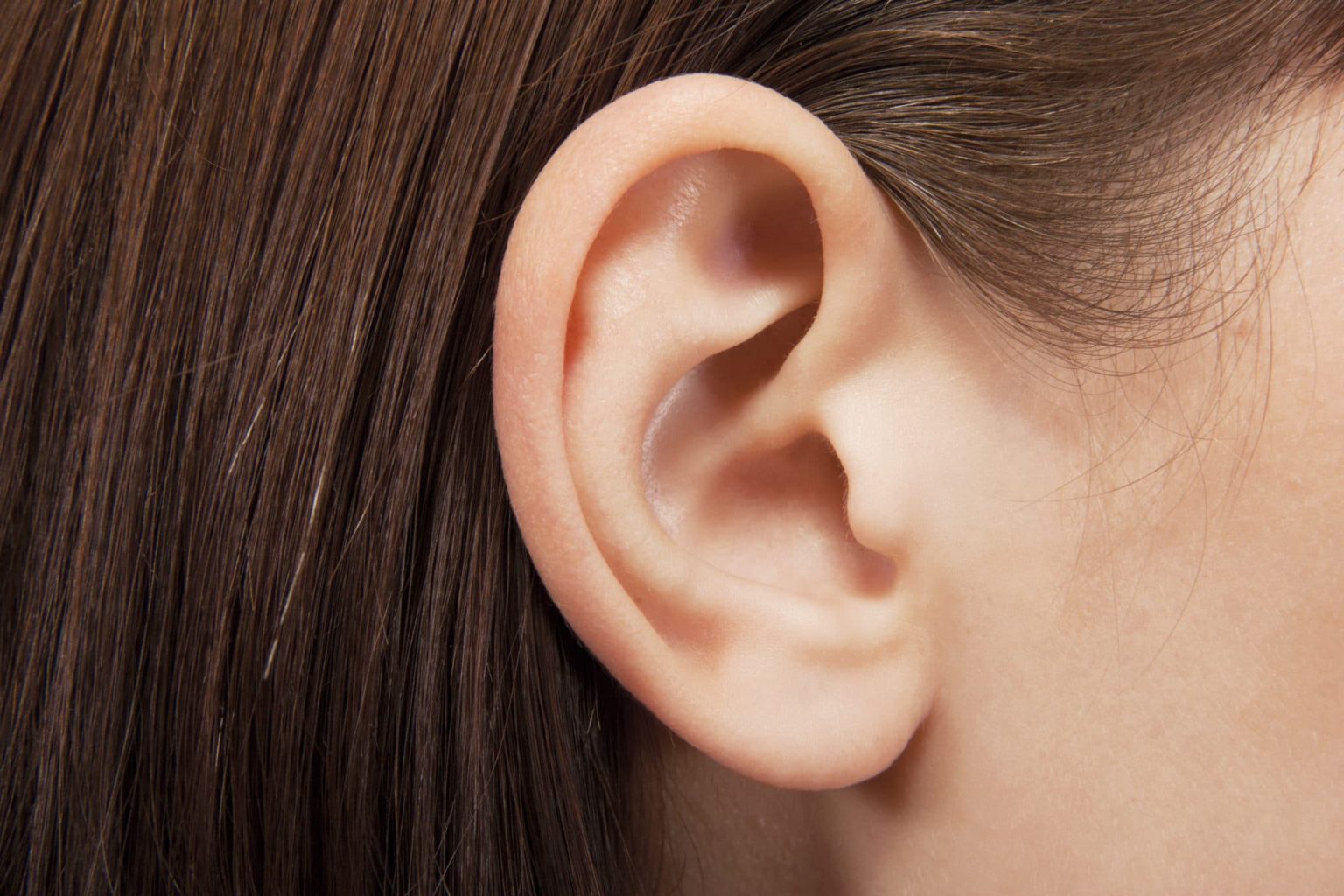Reconstructive Ear Surgery
A patient suffering from a congenital disability, injury or trauma to the ears may feel self-conscious about their appearance.
Fortunately, help is available. Reconstructive ear surgery (known as reconstructive otoplasty) can correct both cosmetic and medical deformities of the outer ear and restore a patient’s self-confidence, in addition to improving their hearing.
Congenital Conditions

Reconstructive otoplasty can benefit people who suffer from microtia, a condition at birth that results in undeveloped ears. The condition can affect either one or both ears. Because the ears are underdeveloped, hearing loss is often associated with this condition. Reconstruction of the ear canals or surgically implanted hearing aids can drastically improve hearing.
Trauma
Those with damage to the ears resulting from an accident or injury (such as a burn, laceration or torn piercing) are often viable candidates for reconstructive ear surgery. The type of surgery, and its success, depend on the severity of the trauma and may range from a simple outpatient procedure to a total ear reconstruction that takes months. Your best bet is to seek immediate medical attention following any type of trauma to the ears.
Reconstructive ear surgery can benefit anyone who experiences ear trauma or has certain conditions at birth. The procedure corrects medical and cosmetic deformities of the outer ears.
How Is Reconstructive Ear Surgery Performed?
Reconstructive ear surgery typically consists of four stages, often completed in two-to-three-month intervals. These consist of:
Stage One: Healthy cartilage is removed from the patient’s ribs and placed in a pouch of skin beneath the damaged ear.
Stage Two: A new earlobe is created.
Stage Three: A skin graft is added to the earlobe and cartilage frame, which is lifted from the side of the head.
Stage Four: An ear canal is fashioned from the center of the cartilage frame.
Cosmetic Ear Surgery
Otoplasty is a cosmetic surgical procedure to change the shape, position, or size of the ears. It can correct conditions of the ear that have been present from birth or those resulting from injury or trauma. It is typically used to treat disproportionately large or protruding ears and usually involves both ears to keep them symmetrical.
Who Can Get Otoplasty?
To qualify for otoplasty, an individual should be healthy and not suffer from any condition that might impede healing. Children should be at least age 5, when their ears have reached their full size.
There are certain risks and potential complications involved; these include scarring, infection, bleeding, asymmetry, changes in skin sensation and skin contour irregularities. Deciding whether the benefits outweigh the risks is a personal decision, but your cosmetic surgeon will be happy to answer any questions you have.
How Is Otoplasty Performed?
Either local or general anesthesia will be given during your otoplasty procedure, depending on the complexity of the surgery and your doctor’s recommendation and can be performed in a hospital or outpatient surgical facility.
The procedure takes about two hours on average. Incisions are typically made on the back of the ears or within the inner creases where scars will be less visible; your surgeon then removes excess cartilage and skin before folding the cartilage into position and securing it with stitches.
Your specialist will take care to avoid overcorrection, which can result in a “pinned back” look.
Following surgery, bandages will cover your ears for a few days. There will be some pain and discomfort, which over-the-counter or prescription medication at your doctor’s discretion can treat. Be sure to keep pressure off your ears. When the bandages come off, your ears will probably be swollen and red.
Your doctor will recommend that you wear a loose headband at night for a few weeks to protect your ears when you roll over in bed. Otoplasty offers immediate results in most cases.
Earlobe Repair
Body piercing has been popular for decades and continues to attract both men and women. Usually, when skin is punctured, the hole closes on its own and heals without a sign. When the earlobes are pierced, an earring is put in immediately to prevent the hole from closing.
Why Get Your Earlobe Repaired?
Over time, the skin will grow into the hole and line the internal surface of the puncture. Once this happens, the gap may shrink but cannot completely close—even with the piercing removed.
Regular ear piercings can become cosmetically unappealing to some people. Gauged earlobe stretching involves the use of expanders, known as gauges, to stretch the earlobe wide enough to insert increasingly larger decorative plugs. This can cause thinning and distortion of the earlobe tissues and lead to permanent damage.
Patients with ear piercings—especially those who wear gauged earrings—sometimes come to regret their decision afterward. Surgery to close earlobe holes is possible but tricky; gauge earring abnormalities require new tissue to close the gap.
How Is Earlobe Repair Performed?
Suturing it shut would result in an earlobe with an abnormal contour, so tissue is recruited from other areas of the earlobe in what is known as local flap reconstruction. The procedure is generally performed in an outpatient setting using local anesthesia.
Sutures to close the skin should remain in place for several days afterward before being removed. You can expect some swelling, but that should go away after a few days.
Call Cape ENT & Cape Hearing Center at (302) 703-4025 for more information or to schedule an appointment.